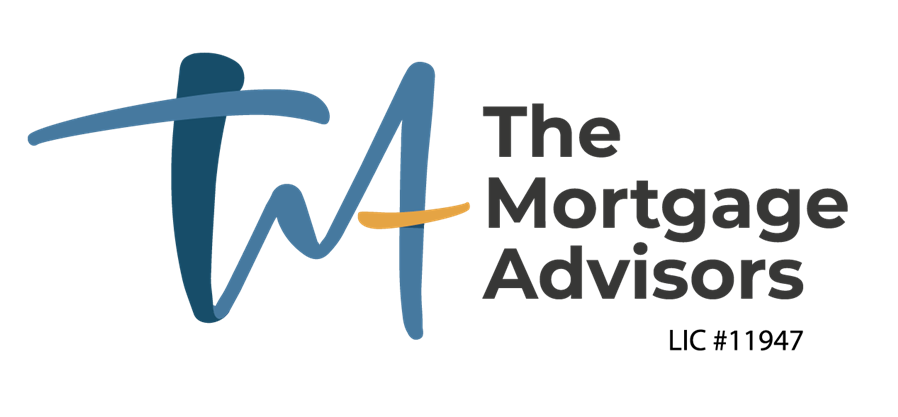
Nick Holloway
How does a quarter percent rate increase in mortgage payment affect a typical household budget?
10/30/2018
By Nick Holloway
As had been widely anticipated, we saw the Bank of Canada last Wednesday increase the overnight borrowing rate from 1.5% to 1.75%. The resulting change in the bank prime rate which most variable mortgages and line of credits are determined by, increased by the same quarter percent from 3.7% to 3.95%. It should be noted that fixed rate mortgages are largely derived by underlying government bond yields, the increases of which have largely been priced into fixed rate mortgages following rises in bond yields over the last 6 to 12 months.
The question I wish to address here is the proportional effect of a quarter percent increase on a mortgage rate in relation to a typical household budget. To find a baseline for my case study, I have decided to take the average household income and average house price level in the Ottawa region from the 2016 census figures, which are $102,000 and $394,000 respectively, and setting our rate parameters at near current levels.
What is the household’s take-home pay per month?
I want to be conservative with my figures, so I will establish the actual take home pay, opposed to gross pay when household income is set at $102,000. By assuming a single Ontario salaried tax payer in the household with no other incomes such as investment returns, tax refunds, tax credits and the like, results in an annual net figure of $73,272, or $6,106 per month which we shall call the overall household monthly budget.
What is the household’s mortgage payment per month?
At a typical current mortgage rate of 3.5%, for every $100,000 of mortgage on a 25 year repayment schedule, the principal and interest mortgage payment is $499.27 per month, increasing by $13.29 to $512.56 at a 3.75% rate. I again take a conservative approach in my assumption on the current remaining mortgage balance, and for the equity built into the home of 20%, provides a mortgage balance of $315,200. We plug in using the same mortgage rates and the monthly repayment amount initially was $1,573.70, and increases by $41.88 per month to $1,615.58. In percentage terms, the mortgage payment has increased by a factor of 2.6%. It should be noted the percentage increase is the same whether you consider the timeframe on a monthly, yearly, or lifetime basis of the mortgage. In other words, the way an amortization schedule for a decreasing balance works, this percentage change does not compound year over year, it is simply the overall cost of the mortgage, or the sum of each and all outstanding principal and interest payments will increase by this factor and this factor alone.
What is the share of “shelter costs” against take home income, and by how much is the overall household budget reduced by this change?
From the above, we divide the mortgage payment of $1,615.58 by the net income of $6,106 to provide a percentage of take home pay devoted to shelter of 26%, in other words a little over a quarter of the household budget being used for the mortgage payment. We also want to work out in percentage terms how much the monthly mortgage payment increase of $41.88 will reduce the overall household monthly budget of $6,106, which equates to a decrease of around 0.7%.
How does this 0.7% decrease in overall household budget compare to projected inflation rates and wage growth?
According to the accompanying Bank of Canada’s October 2018 Monetary Policy Report, the projection for CPI (Consumer Price Index) inflation (year over year) for Q4 2018, Q4 2019 and Q4 2020 are 2.3%, 2%, 2% respectively, which is roughly aligned with the target annual inflation rate of 2% which the Bank of Canada has mandated for. When you compare the increased compounding effect of these projected inflationary figures which are in turn closely aligned to the Bank of Canada projections for annualized wage growth over a similar period, you can see a single quarter percent change is significantly less than the projected wage increases one should expect to realise. The report also indicates the Bank of Canada expect rates to increase gradually to a neutral rate of between 2.5% and 3.5%, we currently stand at 1.75% and are three quarter percentage point increases from reaching the lower end of this range. If the economy continues to operate at “full capacity” which is a condition required by the Bank of Canada to support further rate increases, it is reasonable to expect that employment gains and corresponding wage growth will continue to increase as projected. By this analysis alone, one could say the effect of this increase in mortgage payment might be largely negated by the virtue of annualized and compounding wage growth over a corresponding time period, and potentially for subsequent increases as well. On balance, I expect the reality of a somewhat marginal change in household budgets might be less spectacular than the mainstream media headlines would have us believe.
If you have any questions and want to discuss your mortgage or how your own numbers are affected by these changes, I would be happy to help.




























